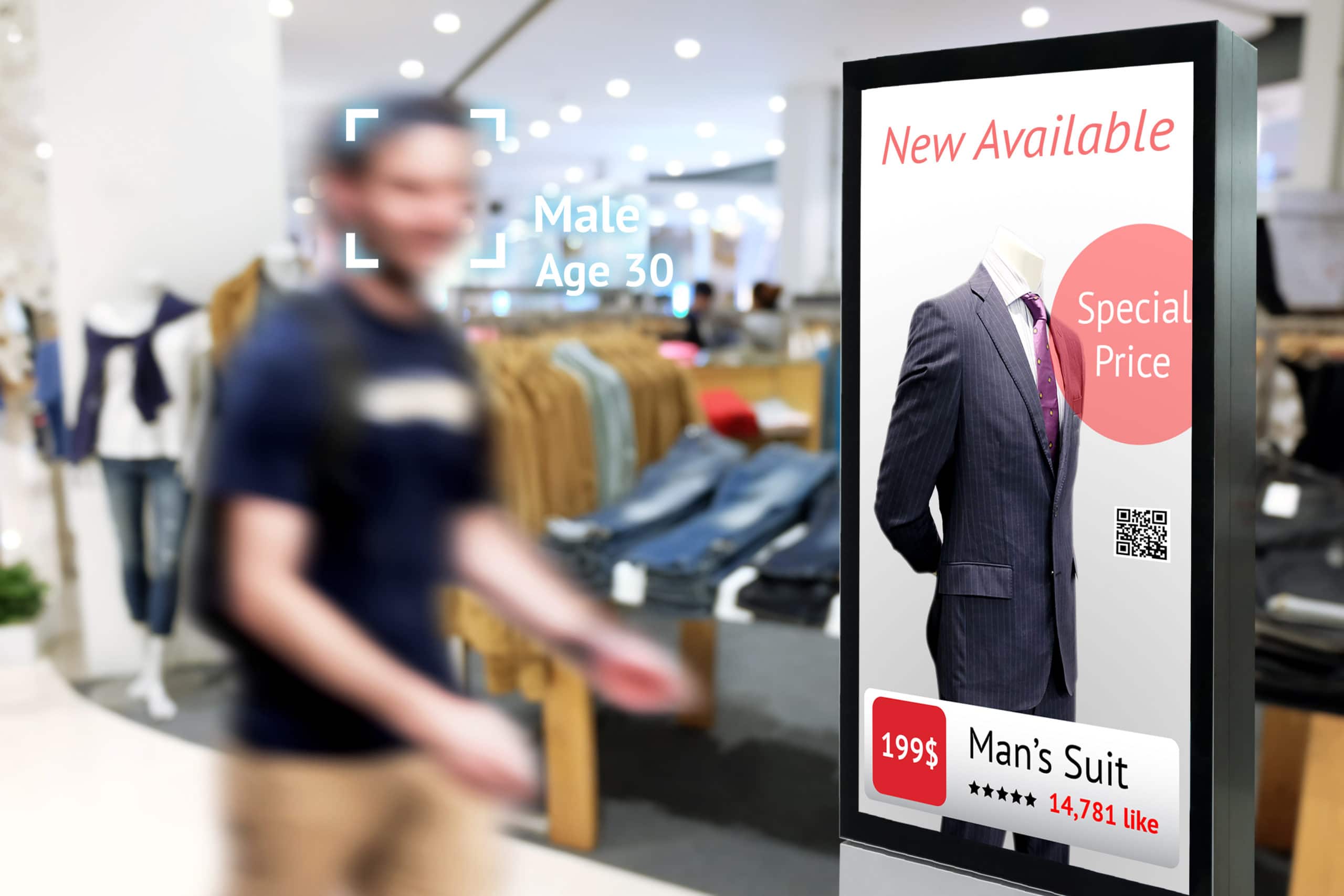Whether it’s the feeling that time has paused as you enjoy your morning commute momentarily lost in your current read, the luxury experienced on vacation, or a long summer day filled with the perfect mixture of nostalgia from season’s past and a joy for the present moment, all three share a common theme: leisure. But, the happiness and relaxation found in moments of rest does not need to be limited to specific days. Instead, leisure can be cultivated every morning when you savor your first sip with Starbucks.
For many, including us, going to Starbucks for coffee (or tea!) is not something we do to simply check something off of our morning to-do list. Whether we’re on our way to work, leaving the gym, or running through drive through as we take our kids to school, Starbucks is more than coffee; Starbucks is a ritual. Although we’re all often in a rush to get to our destination, we’ve learned the best way to enjoy Starbucks is actually not on the go. Instead, the best way to enjoy Starbucks is slowly and with leisure.
In order to cultivate a more leisurely Starbucks experience, we have started brewing our coffee at home. That’s one of the not-so-hidden gem facts about Starbucks. The drinks you love to enjoy, whether it’s a French Press, pour over, espresso, or even just a regular cup, can be created on your own without a barista in sight with Starbuck’s brew guide. And, now you can save on select Starbucks products with select retailers in store and online with Shopkick! Simply open the app, scan your Starbucks products, and submit your receipt.
How to earn kicks while saving money

Step 1: Get kicks in stores or online by scanning or purchasing select Starbucks products
 Step 2: Choose your favorite brew method
Step 2: Choose your favorite brew method
 Step 3: Enjoy your coffee and savings
Step 3: Enjoy your coffee and savings
With the savings you earn by using Shopkick, you can create even more leisure in your day. Think about purchasing the coffee pot you’ve been eyeing that will make your Starbucks taste even more flavorful, opt to add the book you’ve wanted to read to your cart, or whip together a delicious brunch menu and invite friends over for coffee and conversation. Saving on Starbucks means you can design a better morning during the week or just on the weekend that feels indulgent and fulfilling. There is no better way to enjoy savings than that!
Your first step toward a new leisurely morning routine is as simple as enjoying your first sip of your morning cup with Starbucks at home. Welcome to the Morning Club. We’re so happy you’ve joined us to savor a few slow moments before the rest of the day begins.
Don’t have Shopkick yet?
Download it now to start earning free gift cards the fun and easy way!

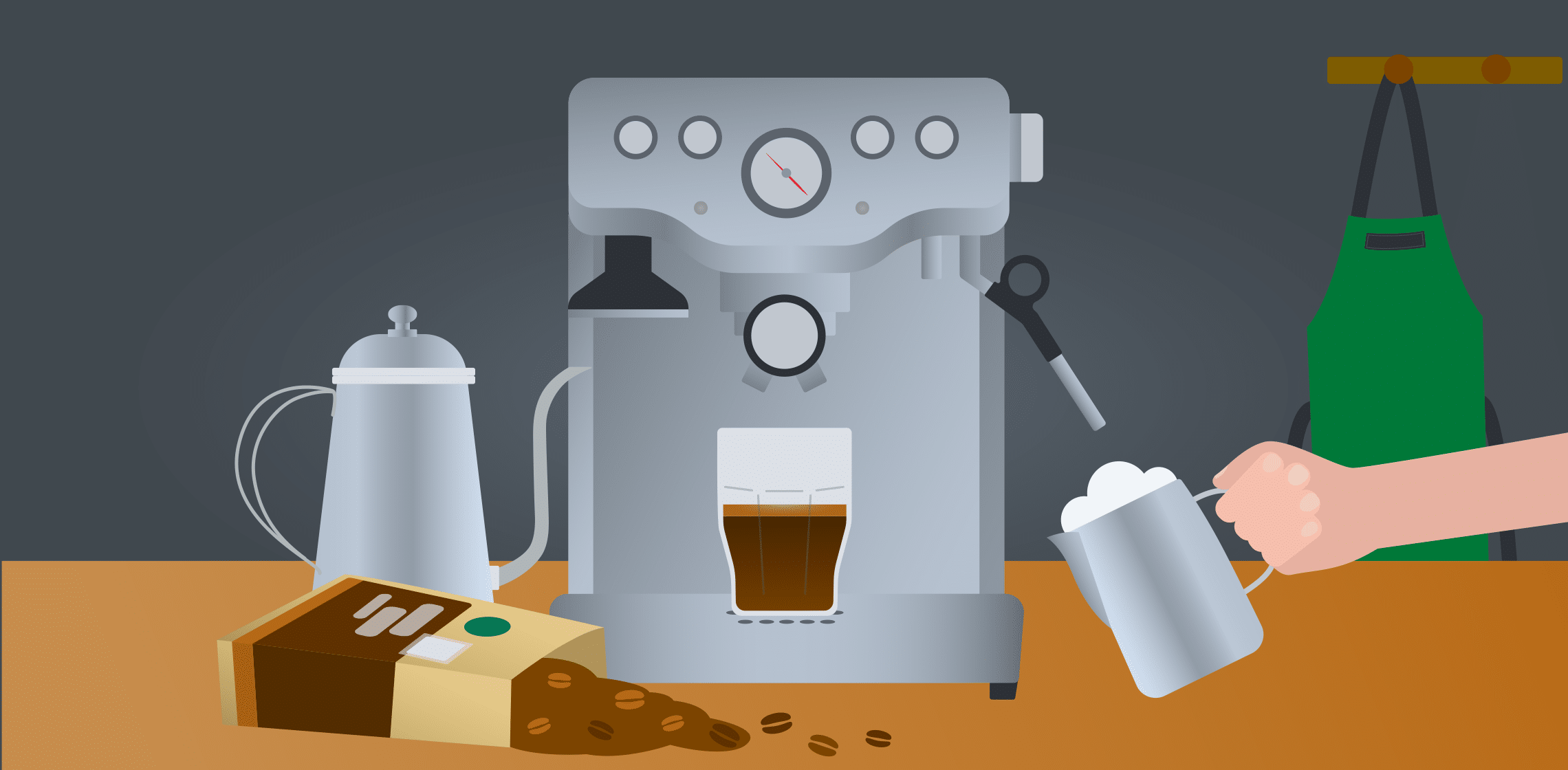

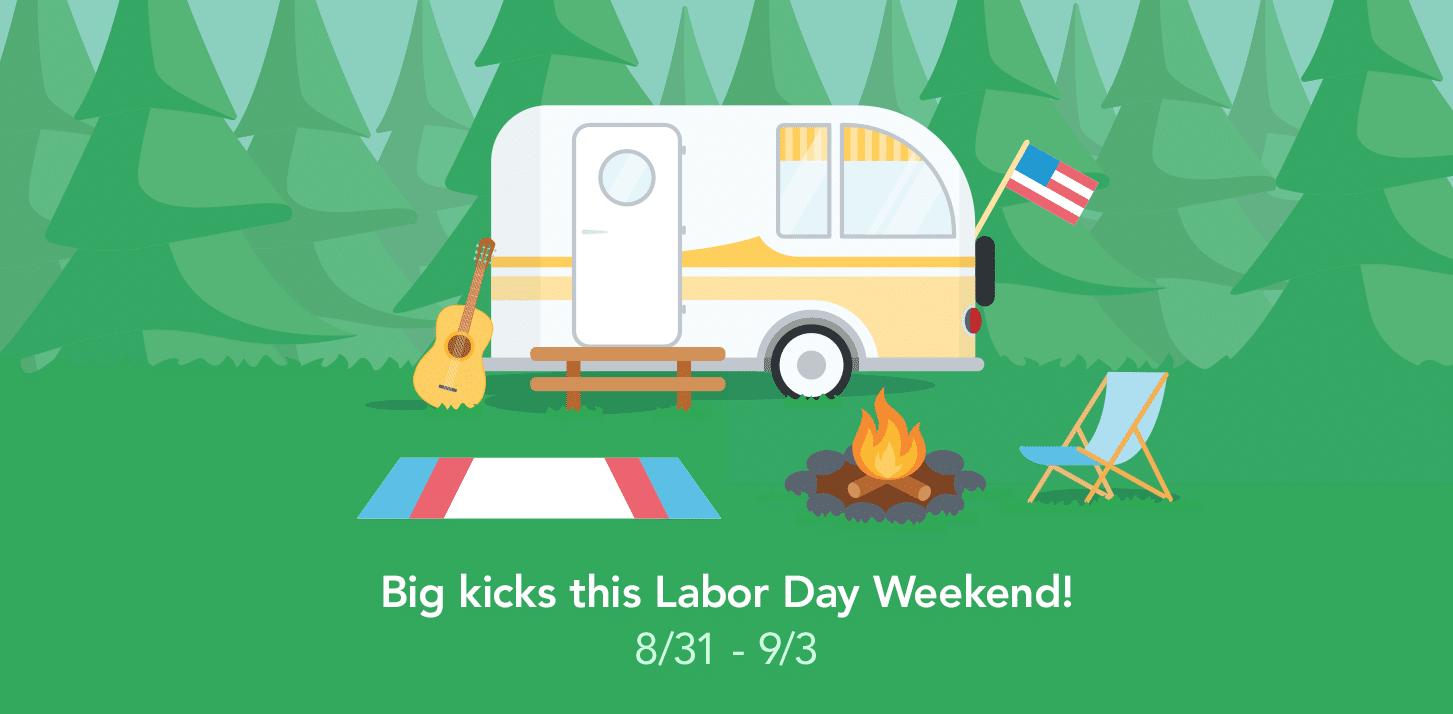































 The next step, of course, is making sure that your shopping process is fun for your kids. This is obviously a bit of a challenge. Speaking from my own experience, my boys seem to have an allergic reaction to walking into stores, one that causes them to start running around and wanting to leave immediately. This is where the shopping rewards app comes in.
The next step, of course, is making sure that your shopping process is fun for your kids. This is obviously a bit of a challenge. Speaking from my own experience, my boys seem to have an allergic reaction to walking into stores, one that causes them to start running around and wanting to leave immediately. This is where the shopping rewards app comes in.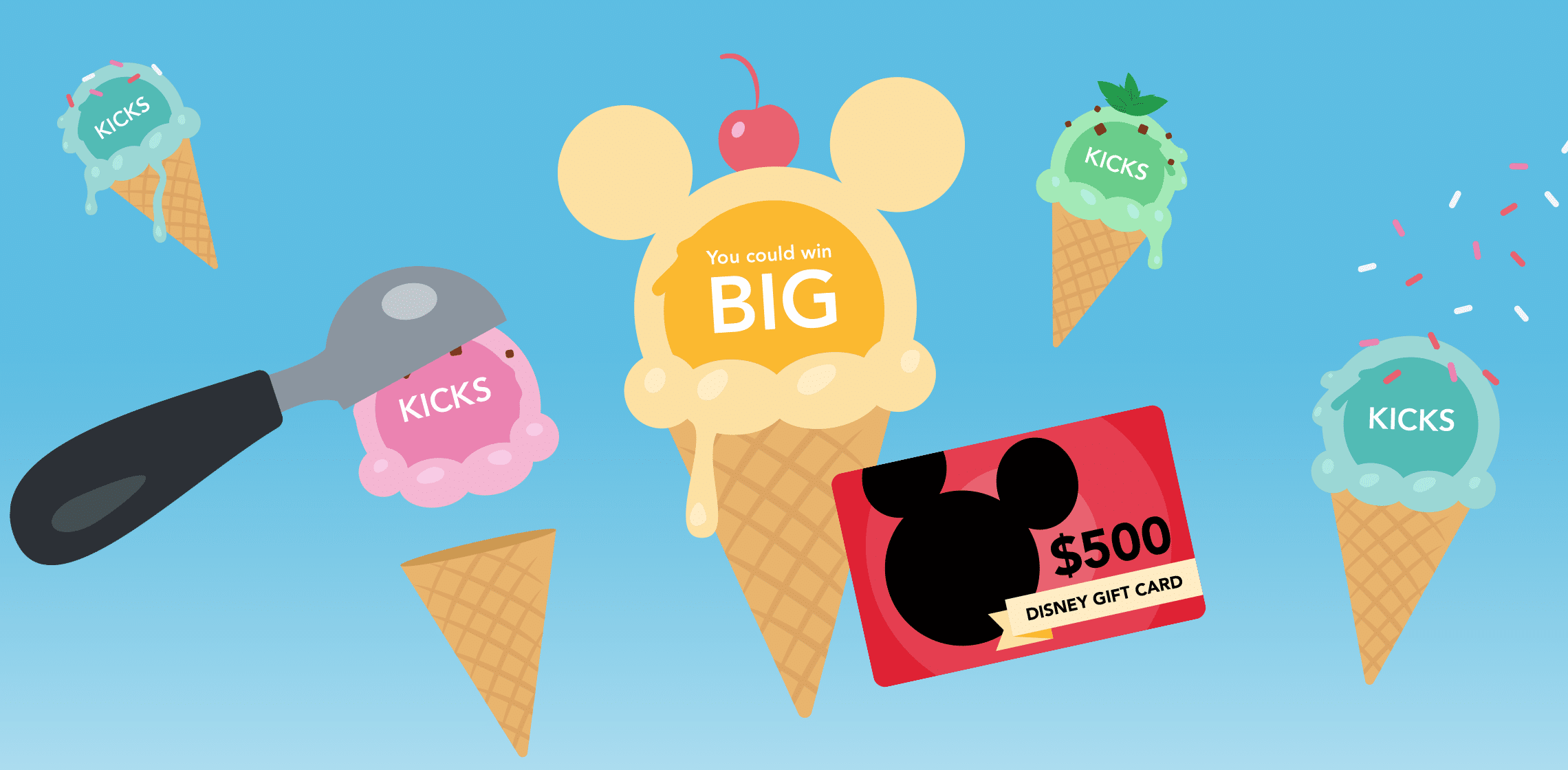


























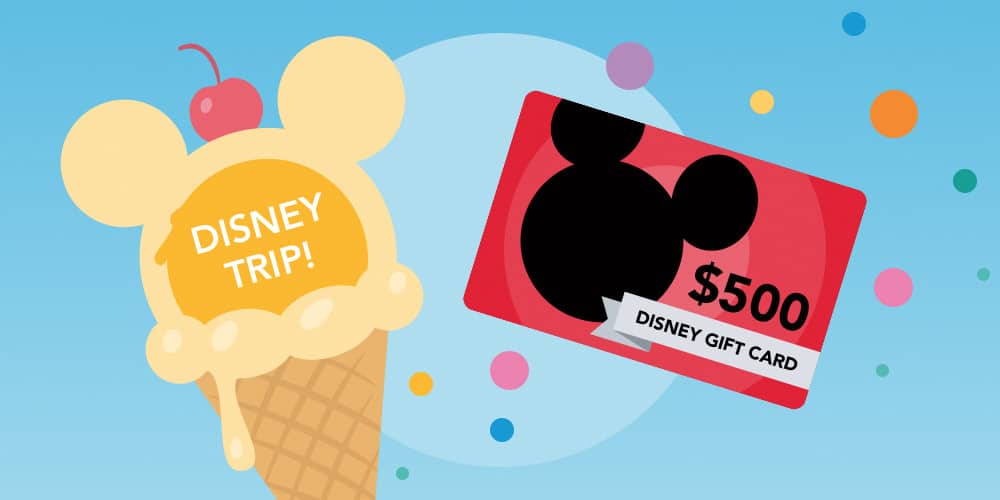
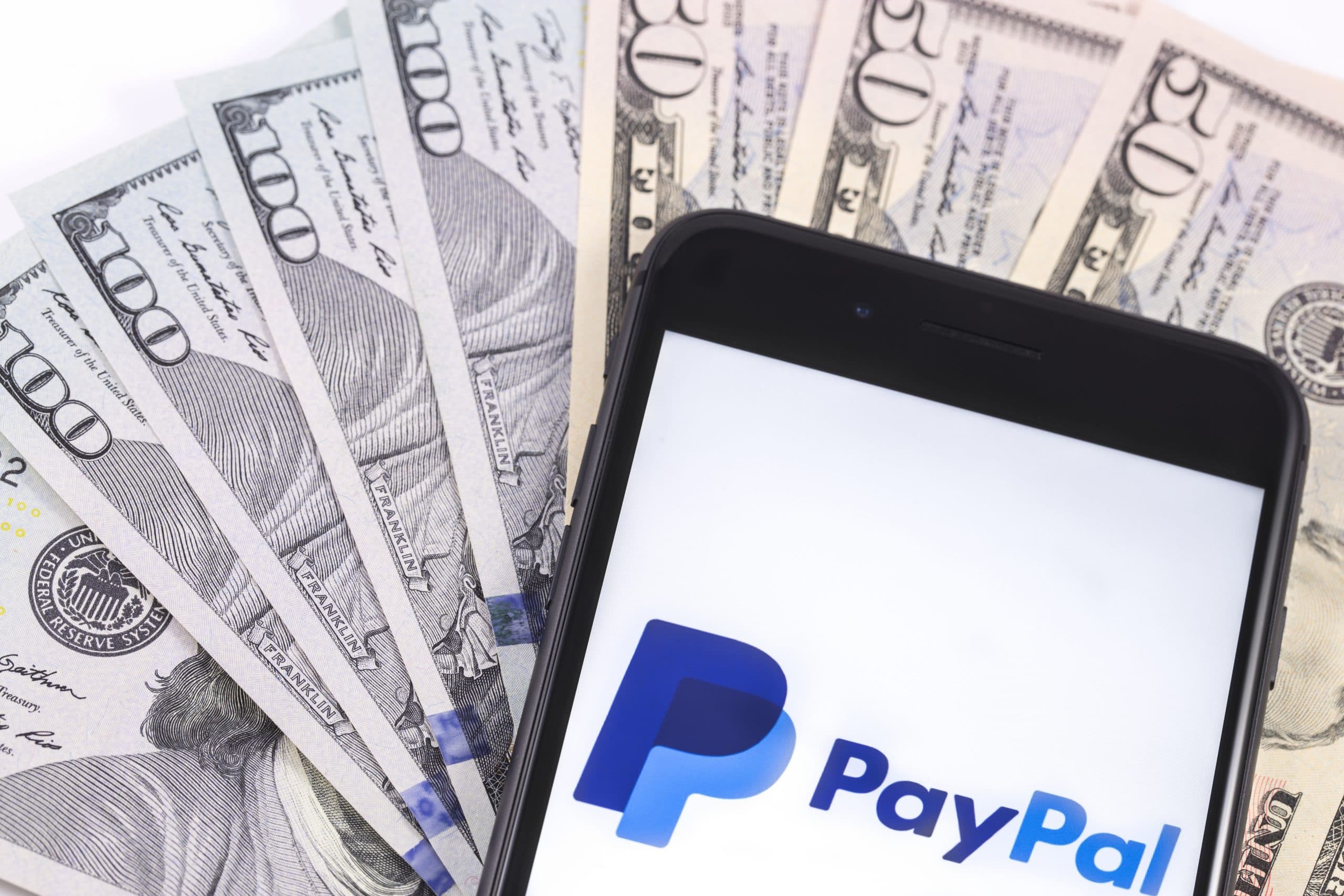
 There are two apps I often like to recommend to earn cash back through PayPal while at the grocery store. The first is Checkout 51, which is a cash back app for groceries that you can use to plan your shopping trip before you ever set foot in the store. You just download the app and you can start to browse hundreds of listed offers. When you find one for a product you plan to buy, you simply select that offer, head out shopping, upload your receipt when you’re done, and enjoy your cash back! It really is that simple.
There are two apps I often like to recommend to earn cash back through PayPal while at the grocery store. The first is Checkout 51, which is a cash back app for groceries that you can use to plan your shopping trip before you ever set foot in the store. You just download the app and you can start to browse hundreds of listed offers. When you find one for a product you plan to buy, you simply select that offer, head out shopping, upload your receipt when you’re done, and enjoy your cash back! It really is that simple.
